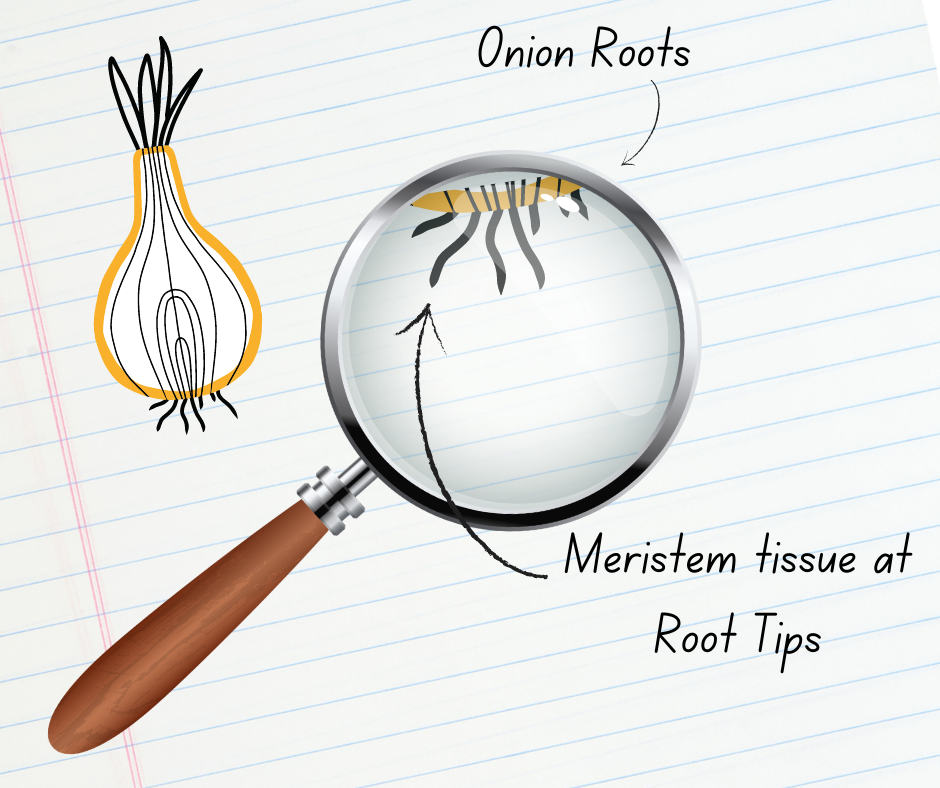
By CAGIS
Materials
a vegetable scrap, such as a lettuce crown, bottom of green onions (with roots), carrot top, or celery crown
Procedure
- Put a few centimeters of water in a shallow bowl.
- Place your vegetable piece in the bowl, and put it in a sunny place. If it’s a carrot top, put the cut piece facing down. If you’re using a lettuce or celery crown, or green onions, put the root side (or where the roots should be) down.
- Change the water in your bowl every few days. You should notice some growth in your vegetable scrap within a week.
Enjoy your new vegetable plant!!
The new growth you will see on those vegetable scraps is thanks to special cells, called stem cells. Stem cells have the ability to turn into any different cell type. For example, in humans, stem cells can create brain or muscle cells. In plants, stem cells can grow new roots or leaves. The stem cells are located in special tissue where they remain forever young and keep dividing. This is known as meristem tissue and produces growth, like the leaves you can observe in the tops of root vegetables or lettuce crowns. It’s a little bit like cutting your hair and letting it grow again!
If your vegetable scrap contains meristem tissue, you may be able to coax it to grow with some water and sunlight. However, if you tried to regrow a lettuce from a leaf, instead of the crown, it wouldn’t work because there is no meristem tissue in this part of the plant.
This activity can be tried with a number of vegetables, including carrots, ginger root, garlic, onions, celery, beets, and potatoes. It won’t work with broccoli and cauliflower, because these vegetables are the flower of the plant, and don’t have meristem tissue. Peas and beans are seeds, so they need to be germinated — a different process.
Try experimenting with different food scraps to see what you can regrow!








